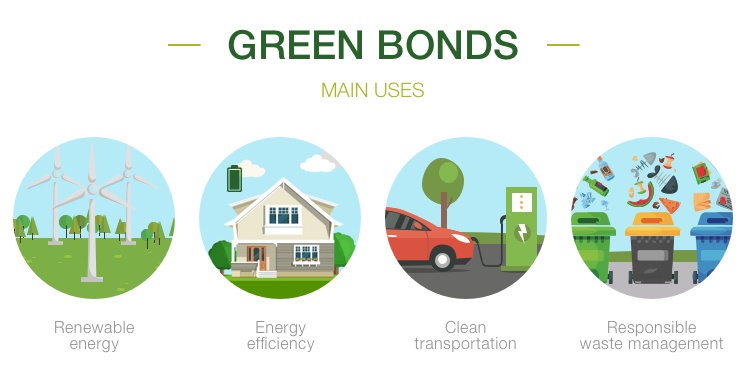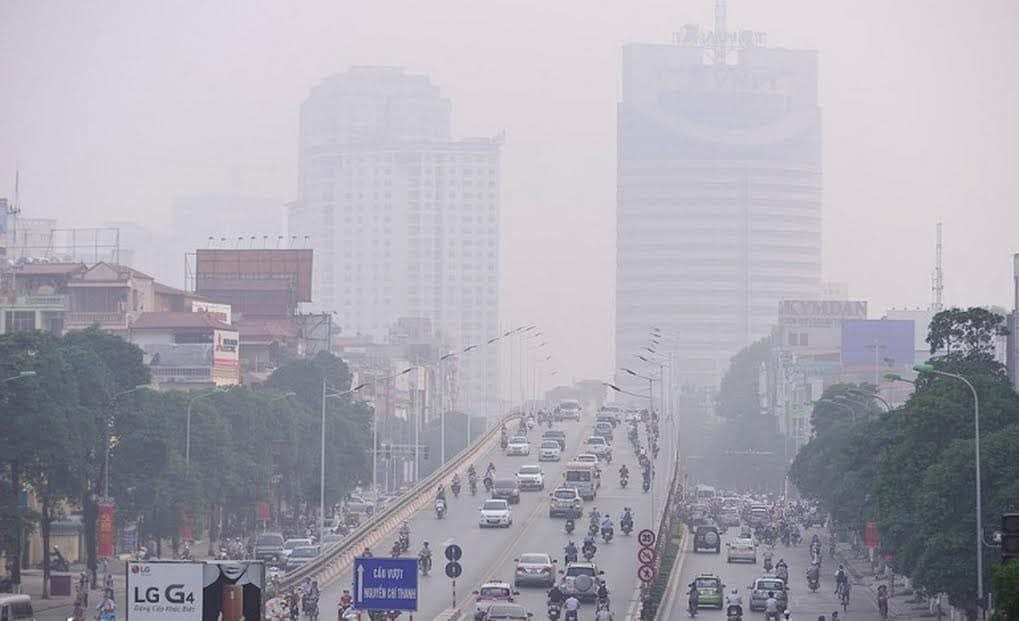Green Activities: Mitigating Social and Environmental Impacts
Asian cities are projected to contribute more than half the rise in global greenhouse gas emissions over the next 20 years if no radical changes are implemented. Low-lying and coastal cities in the Asian region are prone to rising sea levels, frequent floods, and other impacts of climate change. With the effects of climate change becoming increasingly apparent, sustainable projects play a key role in protecting our environment. Within the Southeast Asia region, the urban population is expected to increase by 90 million by 2030. Sustainable infrastructure is essential as it can mitigate various consequences of rapid growth, such as increasing power consumption, waste generation, etc.
Green Bonds and Loans: Rising Popularity
With Singapore’s green bond market at more than SGD 6 billion today, the Singapore ecosystem is well-positioned to enable more green bonds. Green loans are also gaining traction. Green loans are a vital feature of the ASEAN market, comprising 22.5% of the loans in ASEAN. Green bonds and loans can finance various environmental and sustainable infrastructure projects, such as renewable energy, energy-efficient buildings, and low-carbon projects. The increasing number of deals involving green finance demonstrates the growing appetite of banks based in the region to support this asset class. Issuances of green loans are recently over-subscribed, and some even offer to adjust loan pricing in favor of improved compliance with green benchmarks. These are very positive signs of strong support and demand. Based on Infrastructure Asia’s discussion with the market, there is interest to do more. Challenge: International and Regional Standards of “Green” Even though countries in emerging Asia are embracing green infrastructure, a challenge faced for green finance to flow more is the lack of a common green taxonomy. This has led to reservations on the lack of transparency and clear framework to measure how funds are used and if its usage is indeed “green”. This has propelled various green standards and principles to emerge to provide guidance for lenders and borrowers. In the ASEAN region, the ASEAN Green Bond Standards (AGBS) has catalysed the green bond issuance and provided guidance for ASEAN issuers in 2018. One key differentiating point of AGBS from other green standards is the development of a green asset class in line with the importance of green finance in supporting sustainable growth in ASEAN, targeted to meet ASEAN’s infrastructure needs. Aligned with best global practices, corporate issuers are encouraged to engage second-party providers and third-party assurers, such as Sustainalytics (Sustainalytics is a leading independent global provider of ESG and corporate governance research and ratings to investors) and some of the Big 4 accounting firms, have established services to provide their framework and assessments on various green bonds and loans. Sustainalytics was engaged as the second-party provider for the S$100m green bond issued by City Developments Limited (CDL), which includes funding for retrofitting and upgrading projects for Republic Plaza in Singapore. After undertaking the retrofit projects for Republic Plaza from 2010 to 2015, an estimated of 2,939 tonnes of carbon dioxide was reduced annually.
Opportunities in Emerging Asia
Green bonds and loans have the ability to connect green-conscious investors and financiers to green assets, creating an opportunity and need for projects in emerging Asia. Jakarta has committed to reduce its emissions by 30% from 2005 levels and to source 30% of its energy from renewable sources by 2030. An IFC report has identified close to USD30bn investment opportunity for the capital city, particularly in green buildings, electric vehicles, and renewable energy. Thailand is another market where there are opportunities. After establishing its first green building in 2007, growing awareness of the significance and benefits of green buildings has led to the rapid increase in green buildings in Thailand. In 2018, ADB and B. Grimm Power issued Thailand’s first green bonds of $152 million. This issuance is an important development as it displays international best practices for green bonds and propels the country further into the green bond market in the region. More recently, BTS Group issued a Climate Bond Initiative certified Green Bond for expanding the monorail network in Bangkok in 2019, in which Sustainalytics provided the second-party opinion. In the Philippines, the topic of green finance is gaining traction, though the country is still in its infancy stage regarding the volume of green bond issuances.
Conclusion: Runways for Green Finance in Emerging Asia
Even though green financing is starting to be prevalent, many enterprises in the ecosystem still lack the awareness and knowledge of how green finance and green projects can benefit them. Thus, it is important for key “green” players in the public and private sectors to raise awareness on this topic by engaging the region in capacity building. Consistent efforts must be made to educate various stakeholders to understand and be involved in the green finance market.
Source: https://www.infrastructureasia.org/en/Insights/Green-Finance-in-Emerging-Asia
Tags: https://www.infrastructureasia.org/en/Insights/Green-Finance-in-Emerging-Asia





